Olive Oil Information: Learn How To Use Olive Oil

Olive oil had been made much of and with good reason. This nutrient rich oil has been used for thousands of years and features prominently in much of the cuisine we eat. Of course, we know how to use olive oil with foods, but have you ever wondered about olive oil’s other uses? There are, indeed, other uses for olive oil. The following article contains information about what exactly olive oil is and how to use olive oil beyond cooking.
What is Olive Oil?
Olive oil is a liquid fat pressed from the fruit of olive trees, which are native to the Mediterranean. After the olives are picked and washed, they are crushed. Long ago, the olives were painstakingly crushed between two stones, but today, they are crushed automatically between steel blades. Once crushed, the resulting paste is macerated or stirred to release the precious oil. They are then spun in a centrifuge to separate the oil and water.
Olive Oil Information
Olive trees have been cultivated throughout the Mediterranean since the 8th millennium B.C. Although many of us think of olive oil as an Italian product, in actuality, most of the olives are produced in Spain, followed by Italy and Greece. “Italian” olive oil is often produced elsewhere and then processed and packaged in Italy, which has no bearing on the quality of the oil. Olive oil has its own particular flavor depending upon the cultivar of olive used and where it is growing. Many olive oils, like wine, are blends of multiple types of olive oil. Like wine, some people love to sample various types of olive oil. The flavor of the end product is not only representative of the olive cultivar but of the altitude, time of harvest, and type of extraction process. Olive oil consists mostly of oleic acid (up to 83%) along with lesser amounts of other fatty acids like linoleic and palmitic acid. Extra virgin olive oil has its own stringent set of rules and must have no more than .8% free acidity. This specification makes for oil with the most favorable flavor profile and is often represented in the higher cost. Olive oil is one of the three central foods to the people of the Mediterranean, the others are wheat and grapes.
How to Use Olive Oil
Olive oil is most often used for cooking and blending into salad dressings, but these aren’t the only uses for olive oil. Olive oil plays a significant part in religious rituals. Catholic priests use olive oil prior to baptism and to bless the sick, as do the Christ of Latter Day Saints. Early Orthodox Christians used olive oil to light their churches and cemeteries. In Judaism, olive oil was the only oil permitted for use in the seven branched Menorah, and it was the sacramental oil used to anoint the kings of the Kingdom of Israel. Other olive oil uses involve beauty routines. It has been used as a moisturizer for dry skin or hair. It is sometimes used in cosmetics, conditioners, soaps, and shampoos. It has been used as a cleanser and antibacterial agent as well and, even today, may be found in pharmaceuticals. The ancient Greeks used olive oil to massage aching sports injuries. Modern Japanese believe that both ingesting and topical application of olive oil are good for the skin and overall health.
Gardening tips, videos, info and more delivered right to your inbox!
Sign up for the Gardening Know How newsletter today and receive a free copy of our e-book "How to Grow Delicious Tomatoes".

Amy Grant has been gardening for 30 years and writing for 15. A professional chef and caterer, Amy's area of expertise is culinary gardening.
-
 Get Ready For A Summer Of Hummers! Grow These Full Sun Hummingbird Plants and Flowers
Get Ready For A Summer Of Hummers! Grow These Full Sun Hummingbird Plants and FlowersIf you’re lucky enough to enjoy a sunny backyard, make sure you are maxing out on your pollinator opportunities and grow these full sun hummingbird plants and flowers
By Tonya Barnett
-
 12 Lush Alternatives To A Lawn For Sustainable Spaces
12 Lush Alternatives To A Lawn For Sustainable SpacesAlternatives to a lawn are beautiful and also beneficial to your local ecosystem and its pollinators. Explore our top picks for plants to replace grass.
By Tonya Barnett
-
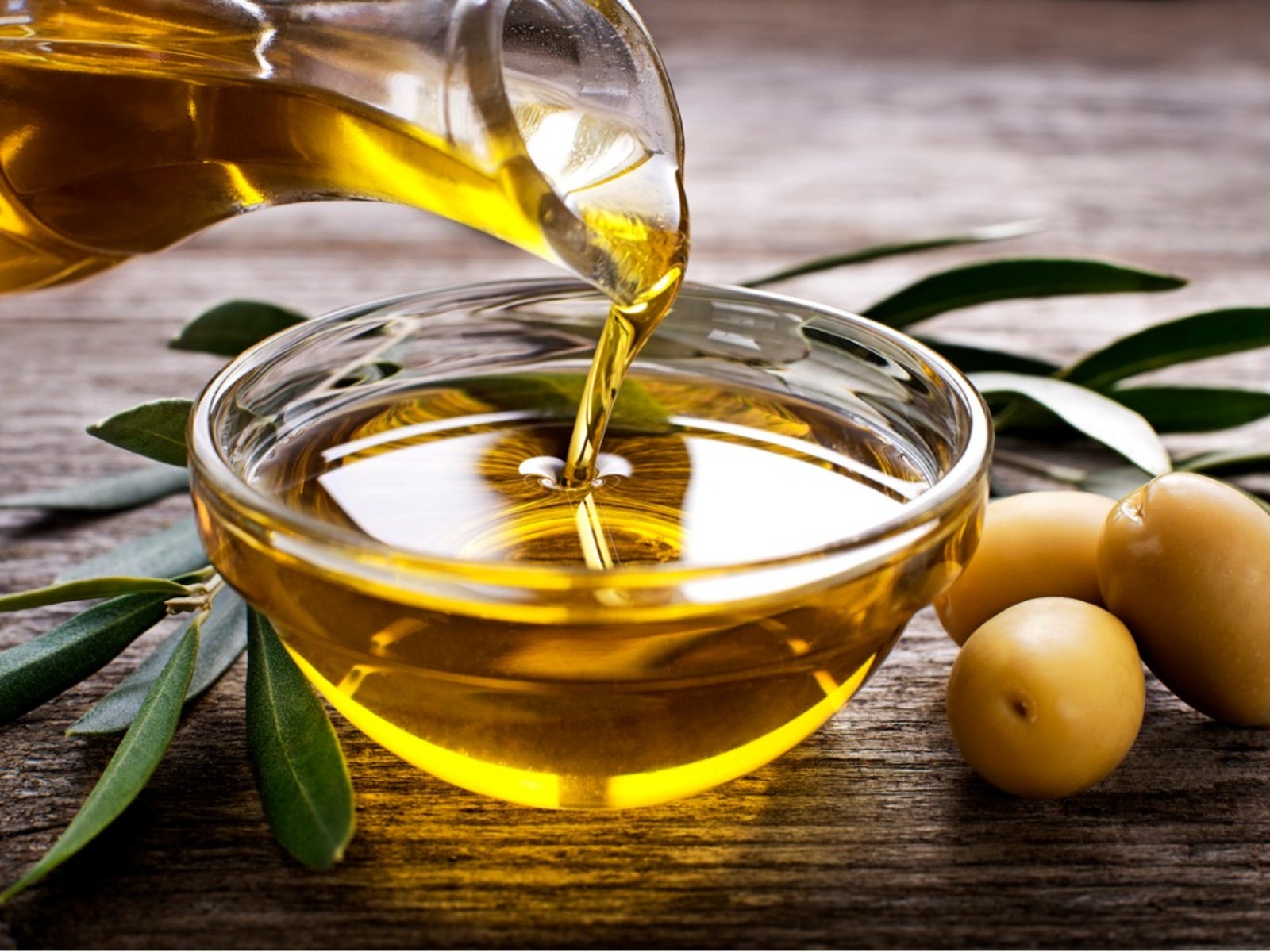 How To Press Olive Oil: Making Olive Oil At Home
How To Press Olive Oil: Making Olive Oil At HomeInterested in making oil from olives? It's easier than you might think. Click here to learn how to press olive oil.
By Amy Grant
-
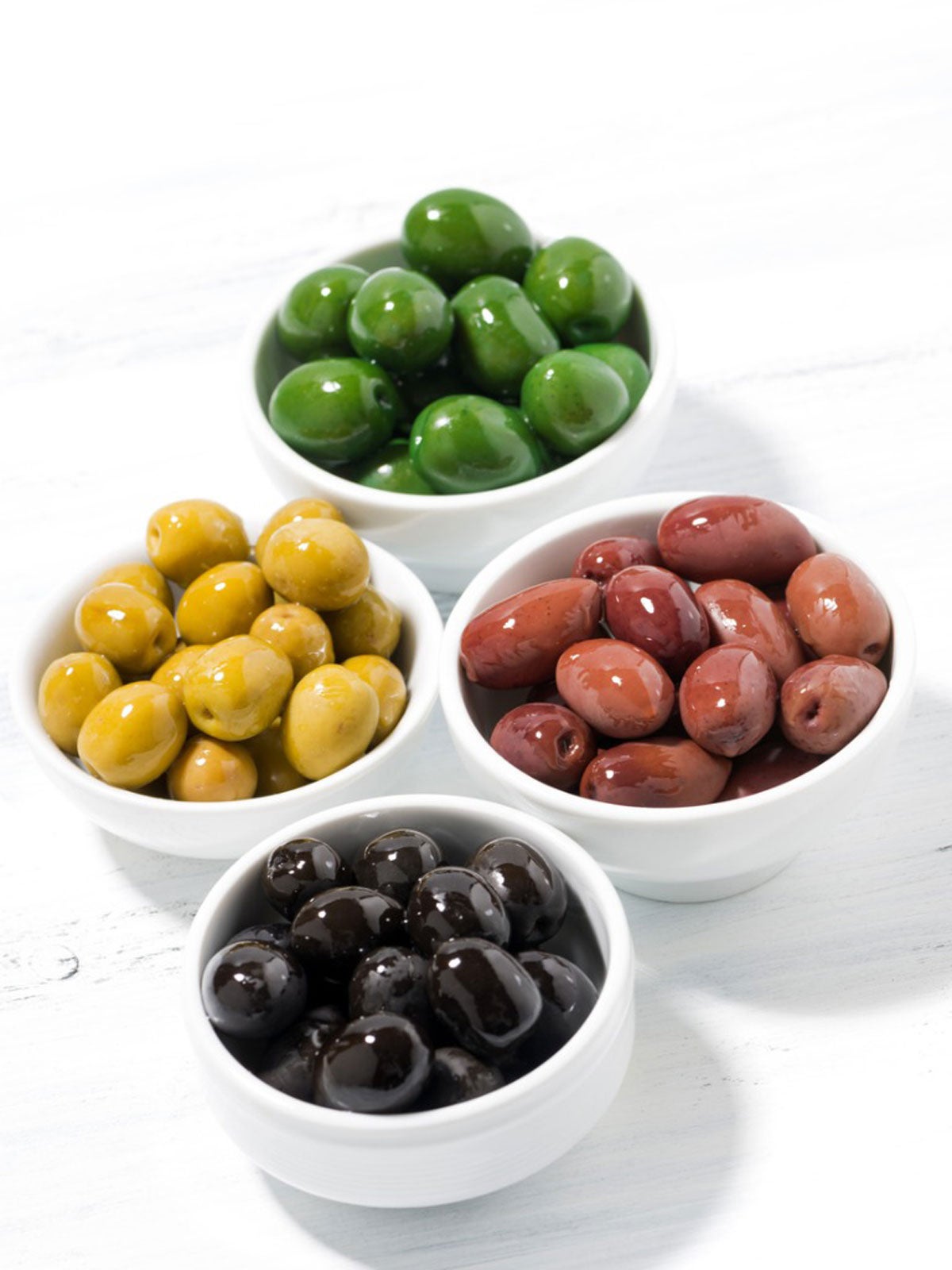 Olive Tree Appetizer: Creating A Christmas Tree Made Of Olives
Olive Tree Appetizer: Creating A Christmas Tree Made Of OlivesA Christmas tree made of cheese and colorful olives is something you’ll want to try. Click here for tips on making an olive Christmas tree.
By Mary H. Dyer
-
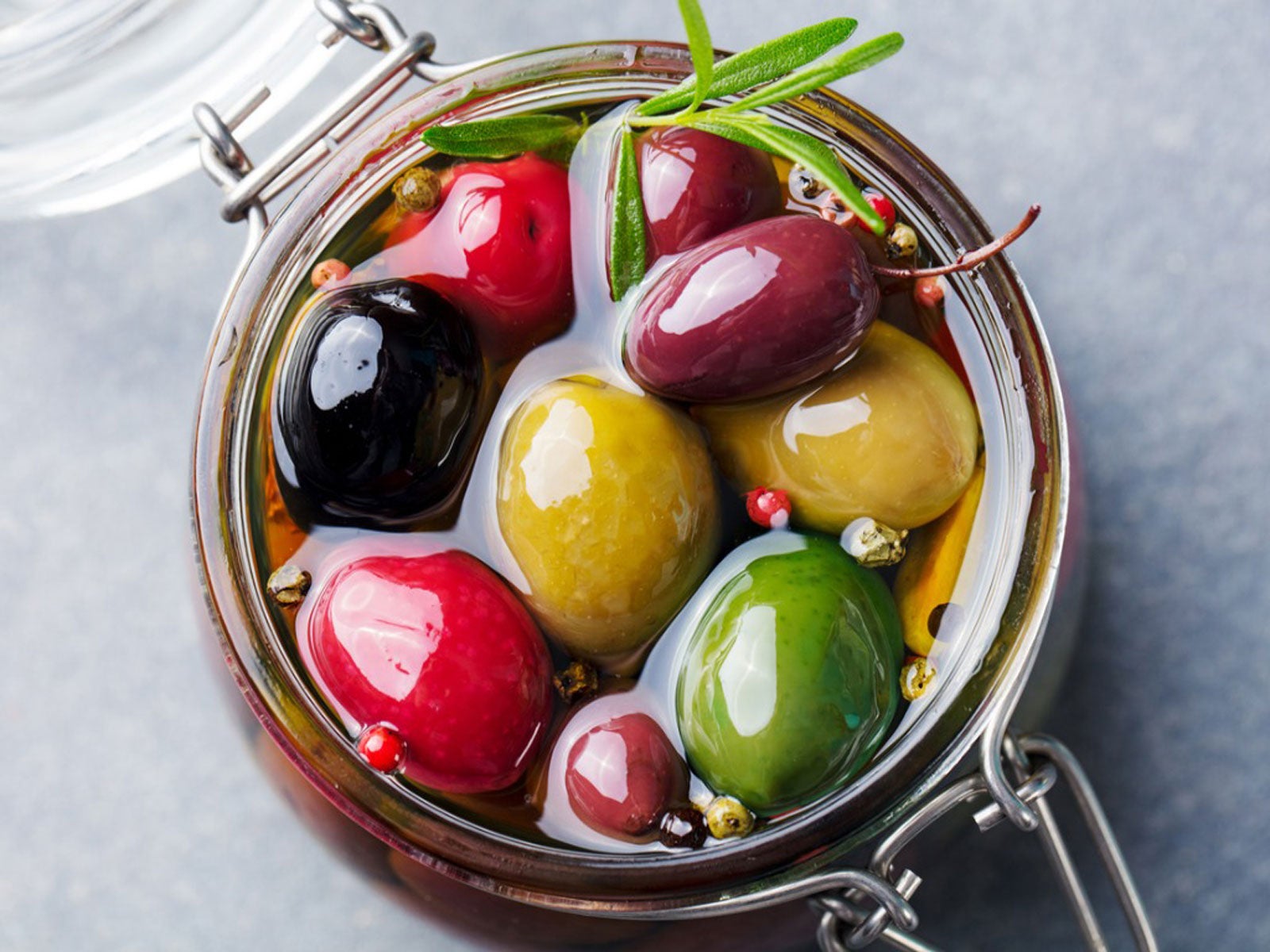 Olive Preservation Guide: How Do You Brine Olives
Olive Preservation Guide: How Do You Brine OlivesCured olives are a delicious snack or addition to recipes. There are many methods for curing olives. Learn how to preserve olives here.
By Bonnie L. Grant
-
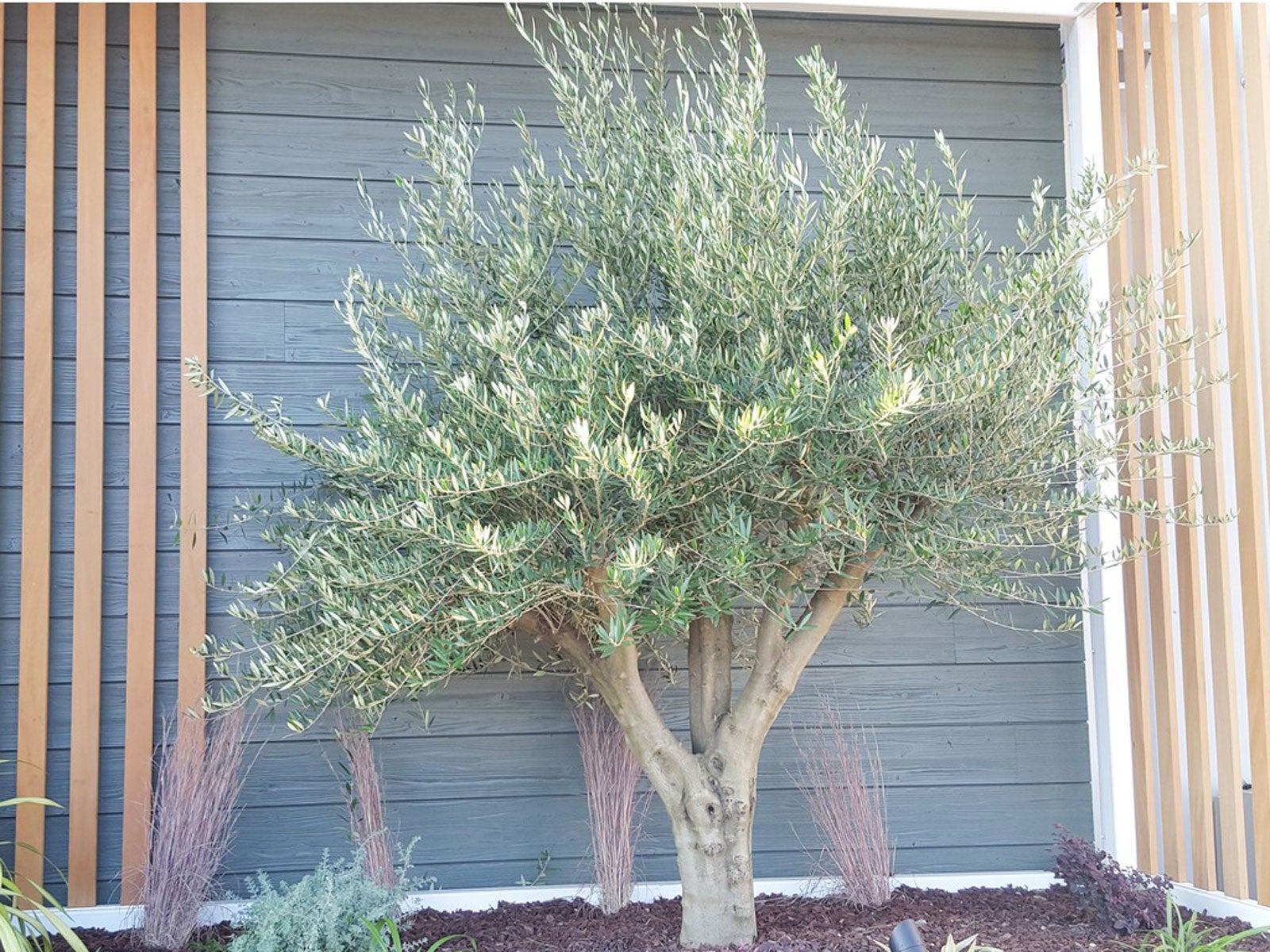 Growing An Olive Tree With No Olives: What Is A Fruitless Olive Tree
Growing An Olive Tree With No Olives: What Is A Fruitless Olive TreeWhat is a fruitless olive tree, you may ask? Many are not familiar with this beautiful tree, commonly used for its beauty in the landscape. The olive tree with no olives may be the perfect tree for your southern landscape. Click this article to learn more about fruitless olives.
By Becca Badgett
-
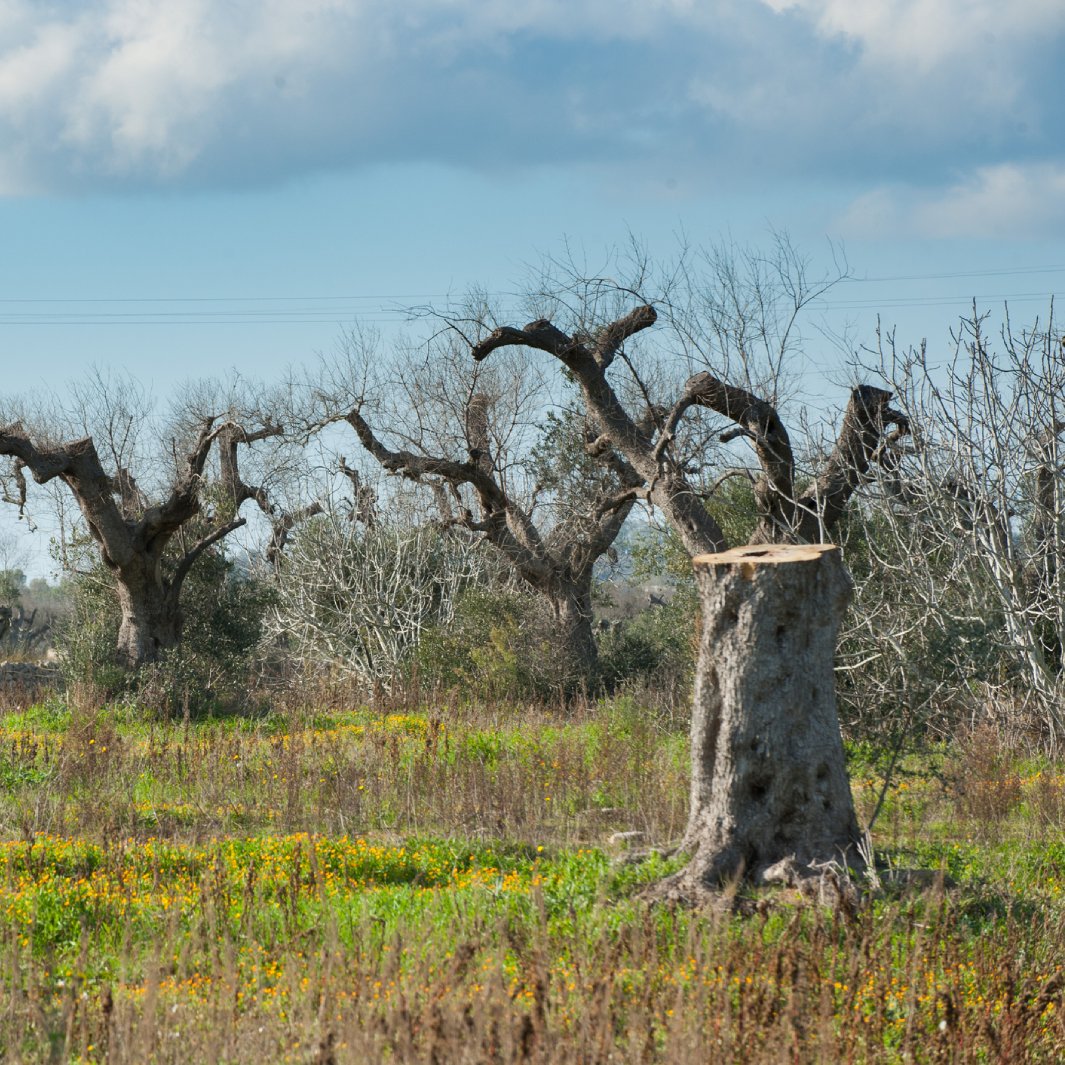 Olive Tree Xylella Disease: Learn About Xylella Fastidiosa And Olives
Olive Tree Xylella Disease: Learn About Xylella Fastidiosa And OlivesBy Mary H. Dyer
-
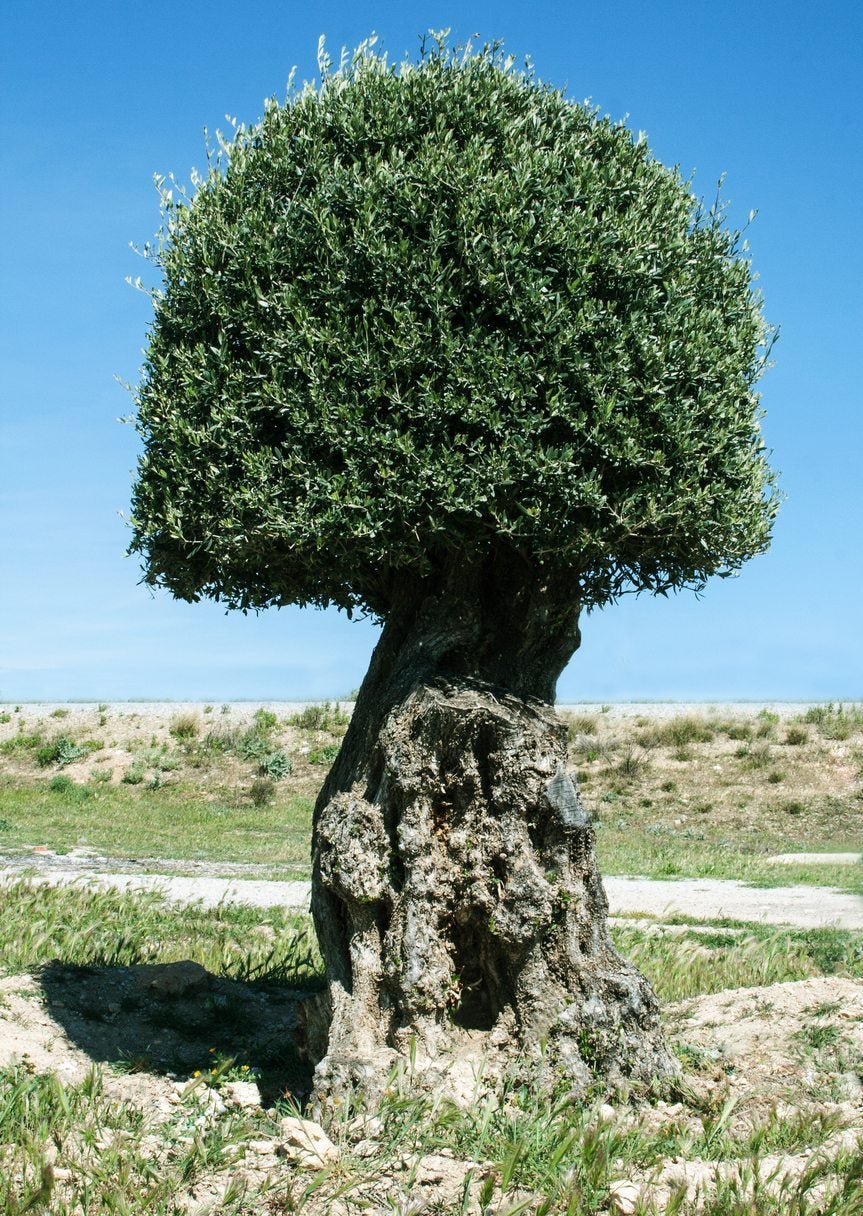 Olive Tree Topiaries – Learn How To Make An Olive Topiary
Olive Tree Topiaries – Learn How To Make An Olive TopiaryOlive trees are native to the Mediterranean region of Europe. They have been grown for centuries for their olives and the oil they produce. Olive tree topiaries are popular. If you are considering making an olive tree topiary, the following article will help.
By Teo Spengler
-
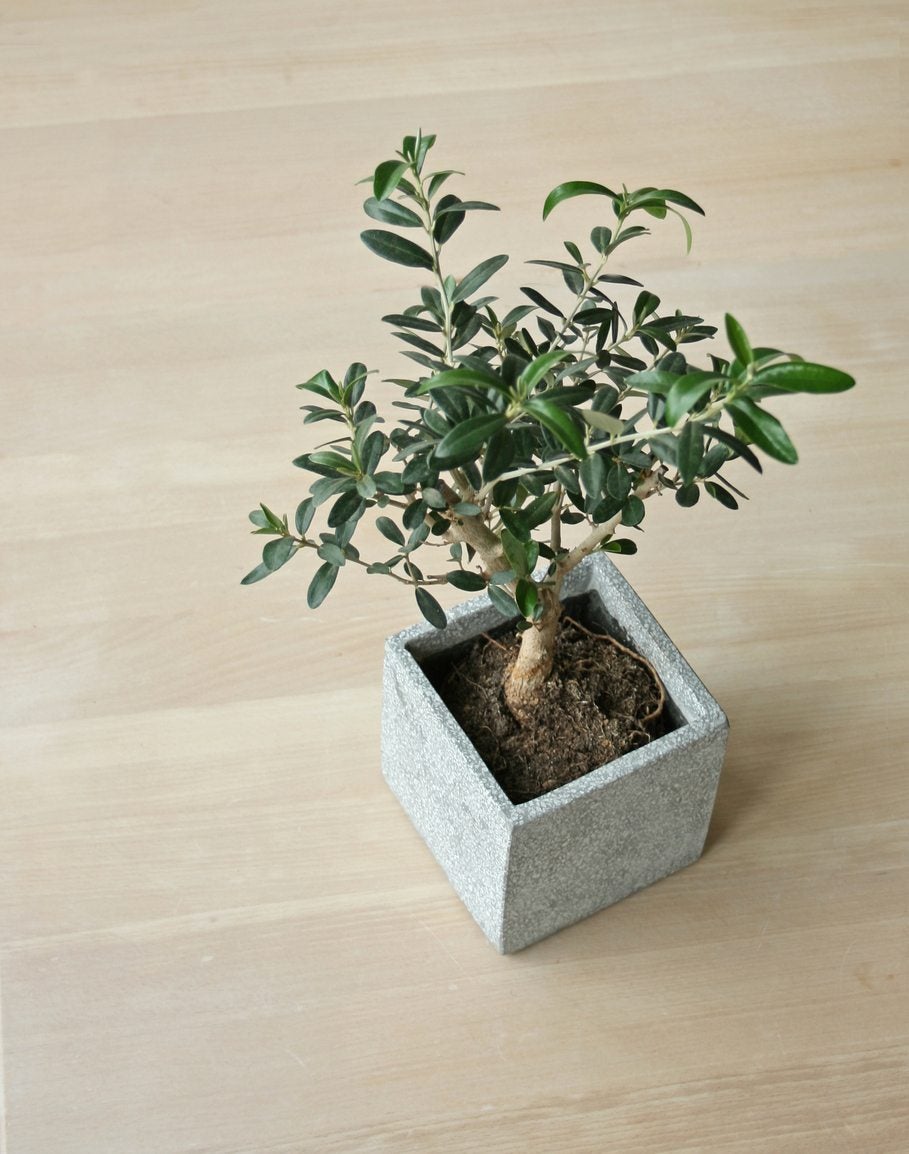 Olive Houseplants – Growing A Potted Olive Tree Indoors
Olive Houseplants – Growing A Potted Olive Tree IndoorsOlive trees as houseplants? If you?ve ever seen mature olives, you may wonder how it?s possible to transform these reasonably tall trees into olive houseplants. But it is not only possible, indoor olive trees are the latest houseplant craze. Learn more here.
By Teo Spengler
-
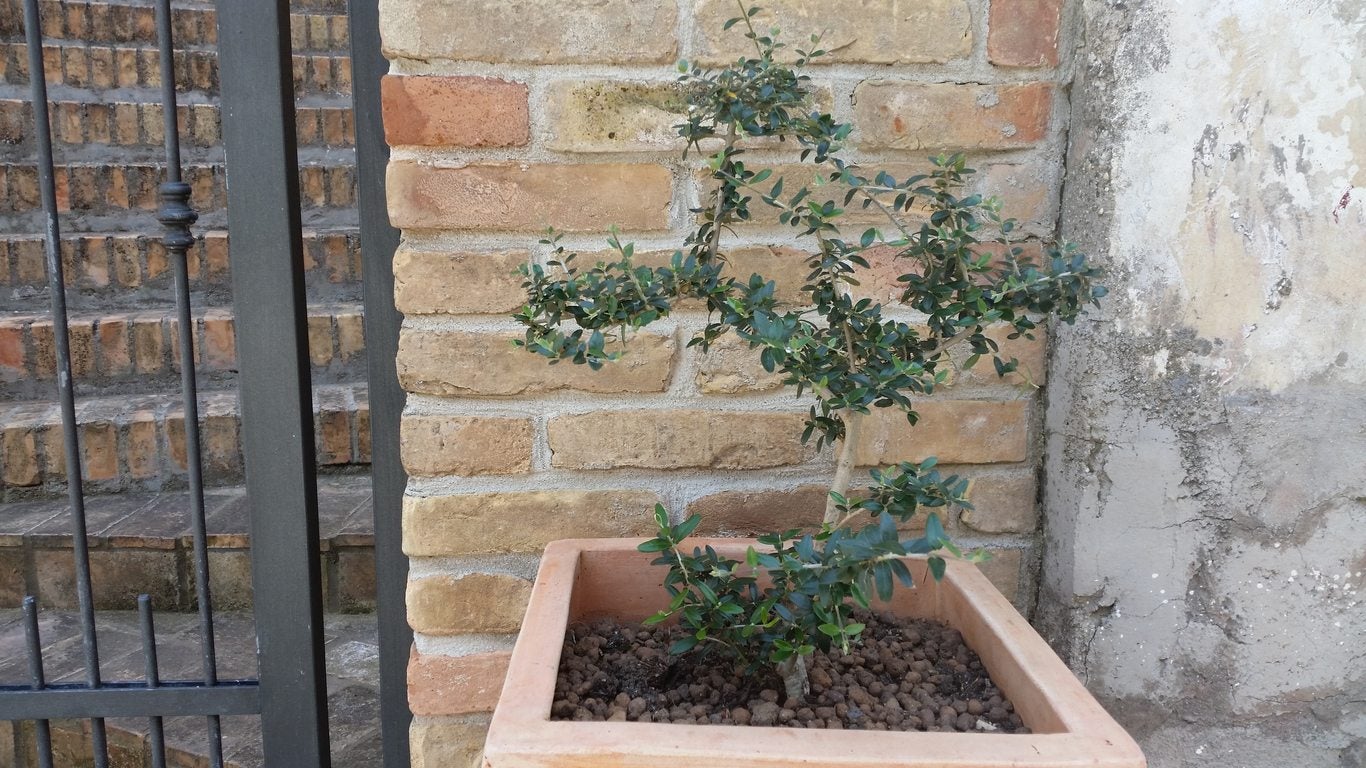 Potted Olive Tree Care: Tips On Growing Olive Trees In Containers
Potted Olive Tree Care: Tips On Growing Olive Trees In ContainersIf you don't have enough space for a full tree, or if your climate is too cold, you can still have olive trees, as long as you grow them in containers. Click the following article to learn more about potted olive tree care and how to grow an olive tree in a pot.
By Liz Baessler